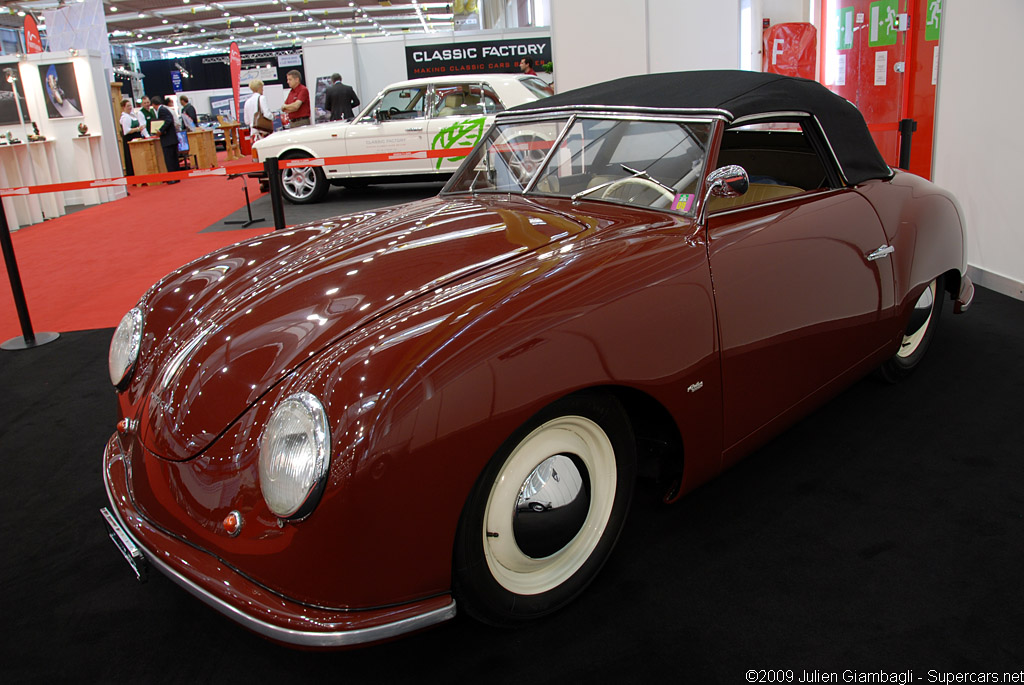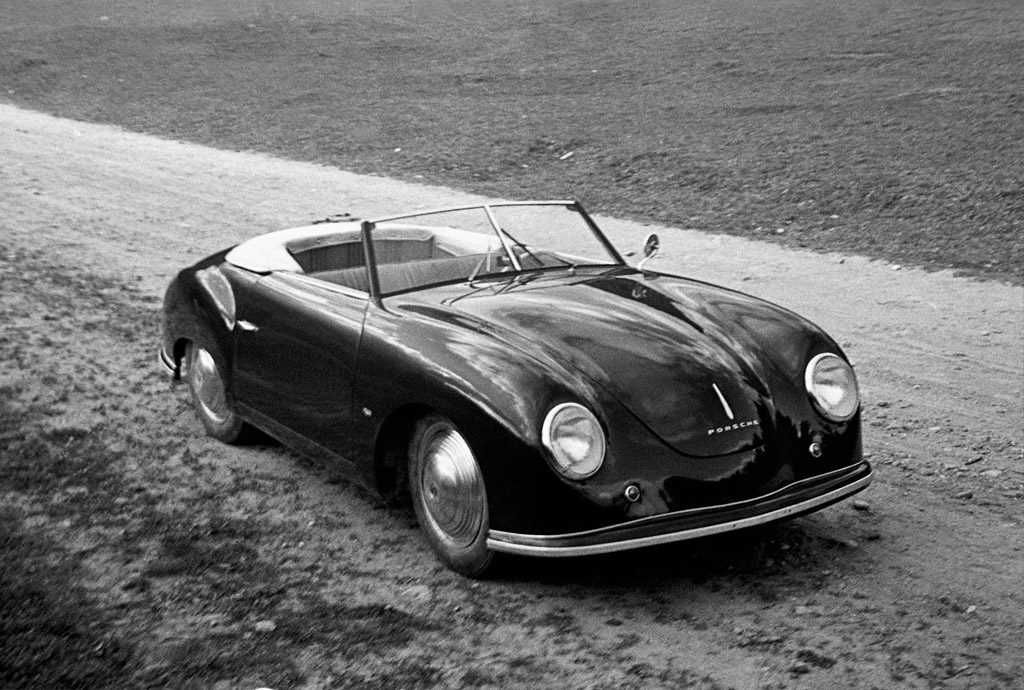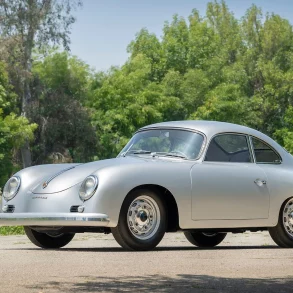1948 – 1951 Porsche 356/2 Gmünd Cabriolet – The Ultimate Guide
Of the 52 cars made in Gmünd, only eight were built up as cabriolets. Each was outsourced for its body and interior construction. Six cars were sent to Beutler who constructed them with a slightly different shape than the factory coupes. Included was a kicked-up rear fender line which was used on several of the Buetler cabriolets. Furthermore the dashboard was unique to these cars. Built to factory designs, Karosseriefabrik Ferdinand Keibl in Vienna produced an entirely different cabriolet of which only two were produced.
The first Porsche 356/2 cars were produced in almost unbearable conditions in the wooden barracks that made up the plant, nicknamed the ‘Vereinigte Hüttenwerke’ (‘Hut Works Incorporated’).
Here in the Austrian town of Gmünd, around 300 workers built the first series-produced Porsche sports cars in the winter of 1948/49. An investor had already been found in Zurich in the form of Rupprecht von Senger, who put up the money in advance for a small series and in return was given the contract for imports to Switzerland together with Bernhard Blank.
These two figures also helped with the purchase of materials, in particular when it came to the aluminium sheets for the bodies. A total of 52 cars were produced: 44 of these were 356/2 Gmünd Coupés and eight were 356/2 Gmünd Cabriolets. Unlike the one-of-a-kind 356 ‘No. 1’ Roadster with mid-engine, the 356/2 models featured a rear engine, making space for luggage and seats occasional use in the back. The complex tubular frame of the ‘No. 1’ was replaced by a steel box frame, but the body was still beaten out by hand from aluminium sheets. Modified Volkswagen components were used for the engine and chassis.
To say that the conditions for the production in Gmünd were difficult would be an understatement. There was a lack of machines and also often of materials, and the wooden barracks were bursting at the seams. Space was so tight in the machine barracks that workers could barely squeeze between the lathes. Even outsourcing some of the bodywork and completion processes to small specialist firms such as Beutler, Kastenhofer, Keibl or Tatra only slightly eased matters. On top of this, the transport and customs expenses for the components needed from Volkswagen in Wolfsburg were a hefty financial burden. Ferry Porsche later said of this that ‘there was zero profitability in Gmünd’.
Since there was also insufficient land in Gmünd for essential expansion of the plant, the decision was made to return to Stuttgart. Although Plant 1 in Stuttgart-Zuffenhausen was still under American control, Ferry Porsche’s school friend Albert Prinzing had already done some groundwork in Stuttgart. The Porsche villa in Killesberg served as his first home and the first car bodies were built at the Reutter coachworks in Augusten-Strasse in early 1950. Ferry Porsche later summed up the time in Gmünd with wonder: ‘Today I am amazed that we managed to produce so many cars, given all the problems that there were.’
Source: From Porsche website












